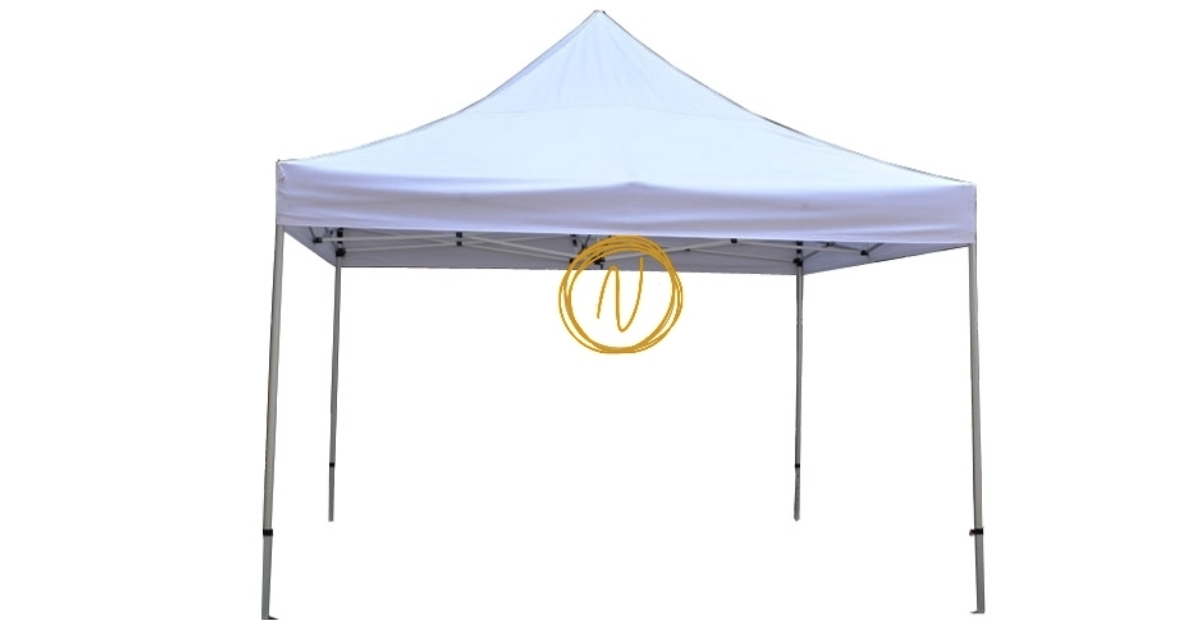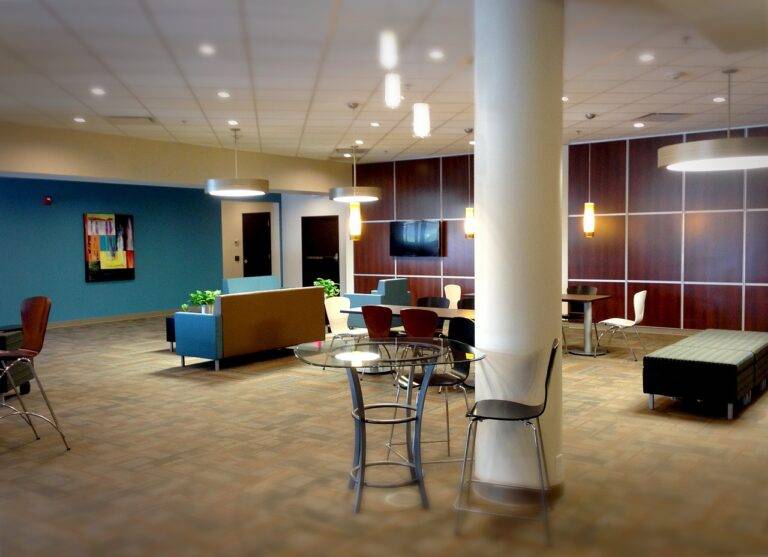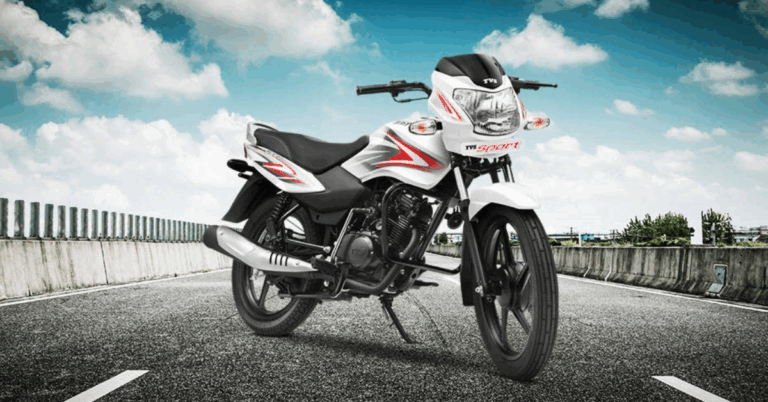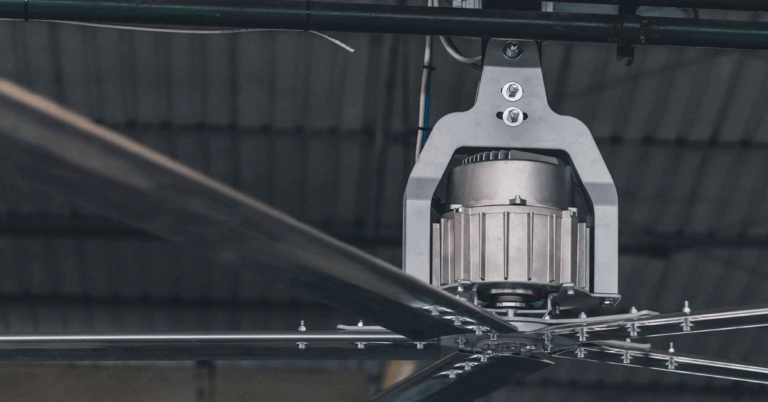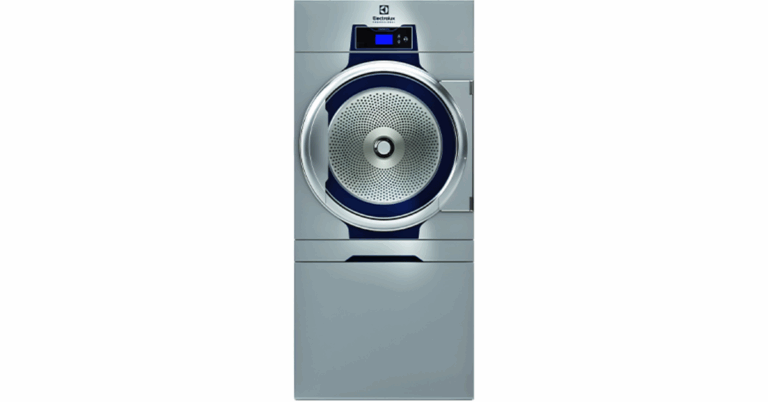Understanding Tentage Price – What It Really Means and How to Get the Best Value
When organizing any outdoor event whether a modest garden party, a community fair or a fully-fledged corporate outing one of the key cost items to factor in is the Tentage Price. “Tentage” (a term coined in event-logistics circles) refers to the rental or purchase cost of temporary shelters such as marquees, gazebos and canopies that provide protection from sun, rain, wind or simply define space. With more and more businesses in Singapore and across Asia offering a wide selection of event-tent options (for example, companies catering to gazebos and tentage for food-bazaar booths or trade-show displays), you’ll find that the quoted tentage price can vary drastically depending on a range of factors.
In this article, we’ll explore the major components that drive tentage price, how you can evaluate value, and practical tips to help you negotiate wisely and get the right tent structure for your budget and event requirements.
What Influences the Tentage Price?
When you receive a quotation for a tent or canopy structure, the amount is not just for “a tent”. These are the key factors that typically affect the final price:
1. Size and footprint
Larger spans say 6 m × 10 m instead of 3 m × 3 m naturally involve more material, stronger framework, and more labor for erection and dismantle. If your event space demands more area or higher head-room, you’ll pay accordingly.
2. Structure type and materials
A basic pop-up gazebo might cost significantly less than a full-blown marquee with heavy-duty aluminum frames, side-walls, roof trusses and engineered anchoring. Premium fabric (water-proof, UV resistant) or reinforced tubing raise cost. For example, one Singapore supplier lists standard 2×3m sizes for S$130+ under “gazebo tent with automatic frame” in their sale models.
3. Duration and rental vs purchase
Is the tentage being rented for one day, a weekend or longer? Short-term rental often includes setup and teardown services, which add to cost. If you are buying outright, then the tentage price includes material, manufacturing, shipping, and possibly installation. Many event-logistics firms indicate that rental prices vary depending on size and accessories.
4. Accessories and additional services
Within the quoted price you may see extras such as side-walls, flooring/planking, lighting, signage, heating/air-conditioning, branding and printed graphics, anchoring weights, and professional installation crews. All of these will increase the tentage price beyond “just the tent”. One rental company shows that their packages include transparent rain-sheets, counter-weights, and full setup/teardown for the quoted rate.
5. Location, logistics & permits
Where the event is held (urban rooftop, park, beach, private property) influences cost. Difficult‐to-access sites or venues requiring structural engineers, special anchoring, or permit fees will push up the tentage price. Weather conditions (wind, rain) also may demand stronger specification.
6. Demand and timing
Events scheduled during peak seasons (holiday fairs, major exhibitions) may cause higher tentage price due to scarcity of equipment, rush labor and logistic premiums. Planning well ahead often yields more favorable quotes.
What Is a Reasonable Tentage Price?
There’s no single “standard” figure for tentage price, but we can look at ball-park numbers to get perspective:
A small pop-up gazebo (e.g., 2m × 3m) in Singapore may be available for around S$130+ if buying outright from a supplier.
For rental of larger event tentage (e.g., booth-style gazebos for carnivals), one company advertises “portable tentage package includes five 3m × 3m white canvas tents with counterweights, etc.”, for about S$1,500.
For second-hand listings or minimal specs, a 3m×3m gazebo may go for S$138 in promos.
Of course, real quotes for bespoke marquee systems or large tents for hundreds of guests will run much higher—potentially many thousands of dollars. What you must do is compare what’s included in the tentage price and ensure clarity of scope.
How to Make Smart Choices on Tentage Price
When you are comparing tentage proposals, keep these guidelines in mind so you can make a smart decision:
Define your requirement precisely
– Size: how many square meters? What layout (rectangle, square, etc.)
– Use-case: food booth, stage cover, guest-lounge, permanent/temporary
– Duration: number of days or hours
– Weather-safety: open-sided or enclosed; wind/rain exposureBy stating these clearly you ensure all vendors quote on the same basis.
Ask for detailed breakdown
A good vendor will itemize: tent structure cost, frame cost, canopy fabric cost, accessories (walls, lights, flooring), labor/setup/dismantle, transport/ logistics, anchoring, permits. If “tentage price” is given as a flat-number with no breakdown, dig deeper.Check materials and specs
Make sure the canopy is heavy-duty (water-proof, UV tested), frame is suitable for your environment. In Singapore or similarly climate-intense places, cheaper pop-ups might not withstand wind or heavy rain. A slightly higher tentage price could offer better durability and reduce risk of damage.Compare rental vs purchase
If you host events regularly, purchasing might be more cost-effective over time. But if you only need the shelter once or twice, rental (with setup included) may be the smarter choice. The tentage price for rental should account for setup/teardown; ask what is excluded.Check for hidden costs
Are side-walls included? Is flooring or planking required for uneven ground? Are there transport charges, standby labor charges, weather-risk surcharges? Sometimes a low headline “tentage price” hides add-ons.Negotiate and bundle
If you need more than one tent, or accessories (chairs, tables, lighting), vendors may offer bundle discount and better tentage price per unit. Also, booking outside peak periods can attract favorable rates.Ensure safety and compliance
Especially for public or large-scale events, ensure the structure is certified, has engineer’s sign-off (if required), and meets local standards. Cheaper tentage price that skips safety may cost you more in risk. Some rental firms emphasize their safety and professional teams in the service.
The Value Proposition – What Good Tentage Price Delivers
A good tentage price should signal not just cost, but value. Here’s what quality tentage should provide:
Reliable weather protection: rain, wind, sun your structure should hold up without surprise failure.
Ease of setup / teardown: minimal disruption, smooth logistics.
Flexibility: ability to include optional items like side-walls, lighting or branding without huge extra cost.
Durability: good materials mean you can reuse (if purchasing) or rely on condition (if renting).
Professional service: clear timeline, good communication, contingency plans.
Aesthetics and comfort: for many events, how the tent looks and feels matters almost as much as the shelter it provides.
When the tentage price you pay corresponds to these value attributes, you’re getting more than just “shelter” – you’re getting peace of mind and a structurally sound, visually appropriate setup for your event.
Final Thoughts
Understanding the meaning behind “tentage price” is crucial if you want to avoid surprises and ensure you get what you pay for. Whether you’re browsing suppliers of tents and shelters or comparing rental quotes, apply the framework above: size + materials + duration + services + logistics = real cost. A vendor may advertise competitive pricing, but ask what is included, what the specifications are, and whether there are hidden extras.
And remember: the lowest tentage price is not always the best if the materials are weak, the weather-risk high, or the service subpar. Conversely, paying a premium is justified when you get a stronger frame, better canopy, full service package and reliable outcome.
By giving due attention to these factors, you’ll ensure your event is covered effectively both literally (under shelter) and figuratively (within budget).

